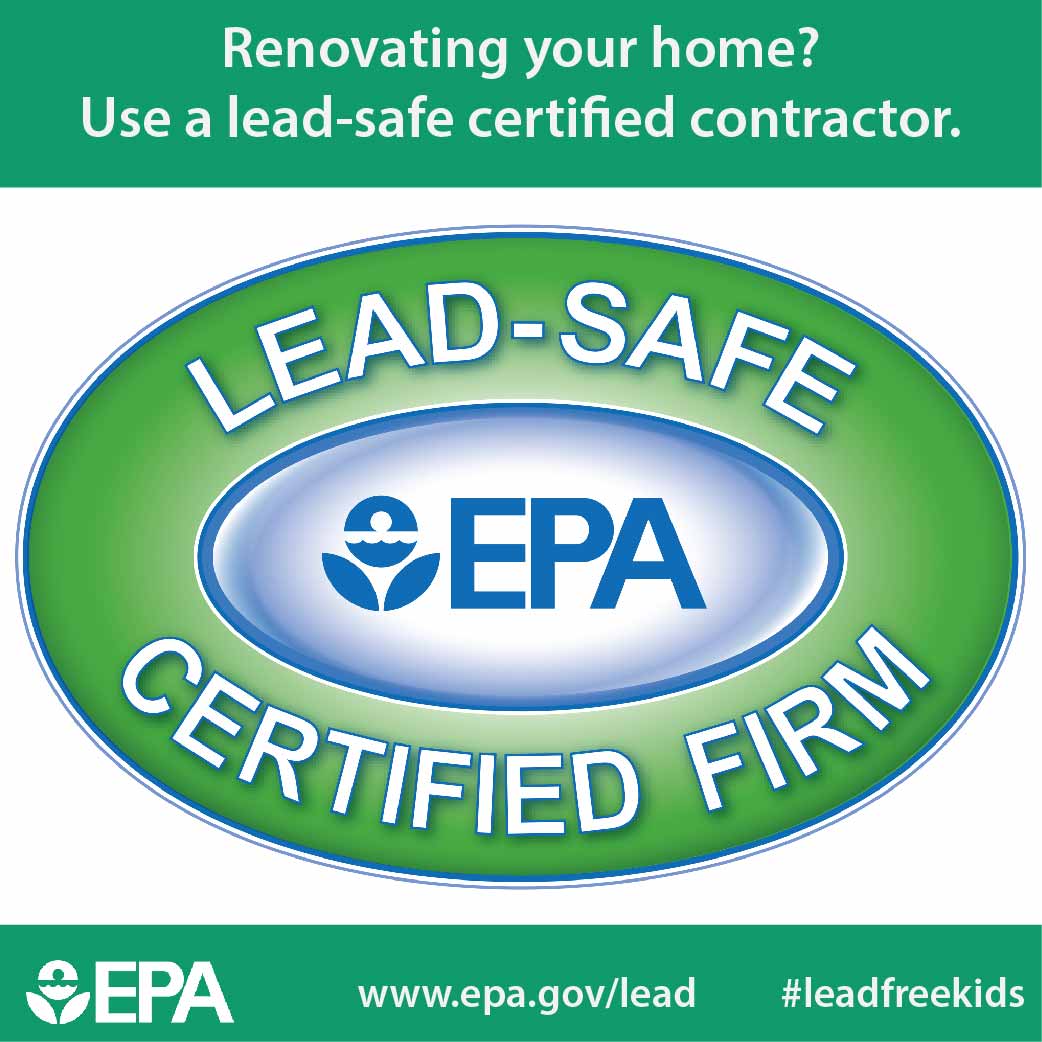Examine The Duty Of Seasonal Factors In The Success Of Commercial Exterior Painting And Reveal The Most Effective Times To Safeguard Long-Term Results For Your Job
Examine The Duty Of Seasonal Factors In The Success Of Commercial Exterior Painting And Reveal The Most Effective Times To Safeguard Long-Term Results For Your Job
Blog Article
Author-Aguilar Rosendal
When you're planning a business external painting job, seasonal elements can make or damage your results. You'll wish to consider just how temperature level and humidity impact paint application and drying out times. Picking https://www.insider.com/guides/home/benjamin-moore-vs-sherwin-williams-paint can guarantee your paint sticks effectively and lasts much longer. However which periods are really the best for this kind of work? Allow's discover the key elements that can impact your task's success.
The Impact of Temperature on Paint Application
When you're planning a business outside painting task, the temperature can significantly impact how well the paint sticks and dries out.
Preferably, you want to repaint when temperatures vary in between 50 ° F and 85 ° F. If it's also chilly, the paint may not cure correctly, leading to problems like peeling off or splitting.
On the flip side, if it's as well hot, the paint can dry out also rapidly, avoiding proper adhesion and causing an irregular surface.
You must likewise think about the time of day; early morning or late afternoon uses cooler temperature levels, which can be extra beneficial.
Constantly check the producer's suggestions for the certain paint you're making use of, as they frequently give advice on the excellent temperature level variety for optimal outcomes.
Moisture and Its Effect on Drying Times
Temperature level isn't the only environmental variable that affects your commercial exterior paint task; humidity plays a significant duty too. High humidity degrees can decrease drying out times drastically, influencing the total quality of your paint job.
When the air is saturated with dampness, the paint takes longer to cure, which can result in concerns like poor bond and a greater threat of mold development. If you're repainting on a particularly moist day, be prepared for extensive delay times between coats.
It's critical to monitor regional weather and plan as necessary. Ideally, go for humidity levels in between 40% and 70% for optimum drying out.
Maintaining these factors in mind guarantees your project stays on track and delivers a long-term finish.
Best Seasons for Commercial Exterior Painting Projects
What's the best time of year for your commercial external paint tasks?
Springtime and early autumn are generally your best options. During Read Alot more , temperatures are light, and humidity degrees are often reduced, developing optimal problems for paint application and drying out.
Prevent summertime's intense heat, which can trigger paint to completely dry as well quickly, causing bad bond and finish. In a similar way, wintertime's chilly temperatures can hinder proper drying and treating, running the risk of the longevity of your paint work.
Aim for days with temperatures between 50 ° F and 85 ° F for optimal outcomes. Keep in mind to check the regional weather forecast for rain, as damp problems can spoil your project.
Planning around these factors guarantees your painting project runs efficiently and lasts much longer.
Conclusion
Finally, planning your commercial exterior painting jobs around seasonal considerations can make a substantial distinction in the result. By scheduling work throughout the suitable temperatures and humidity degrees, you'll guarantee better attachment and drying times. Remember to watch on local weather report and choose the correct time of year-- spring and very early fall are your best bets. Taking these steps will help you achieve a durable and expert surface that lasts.
